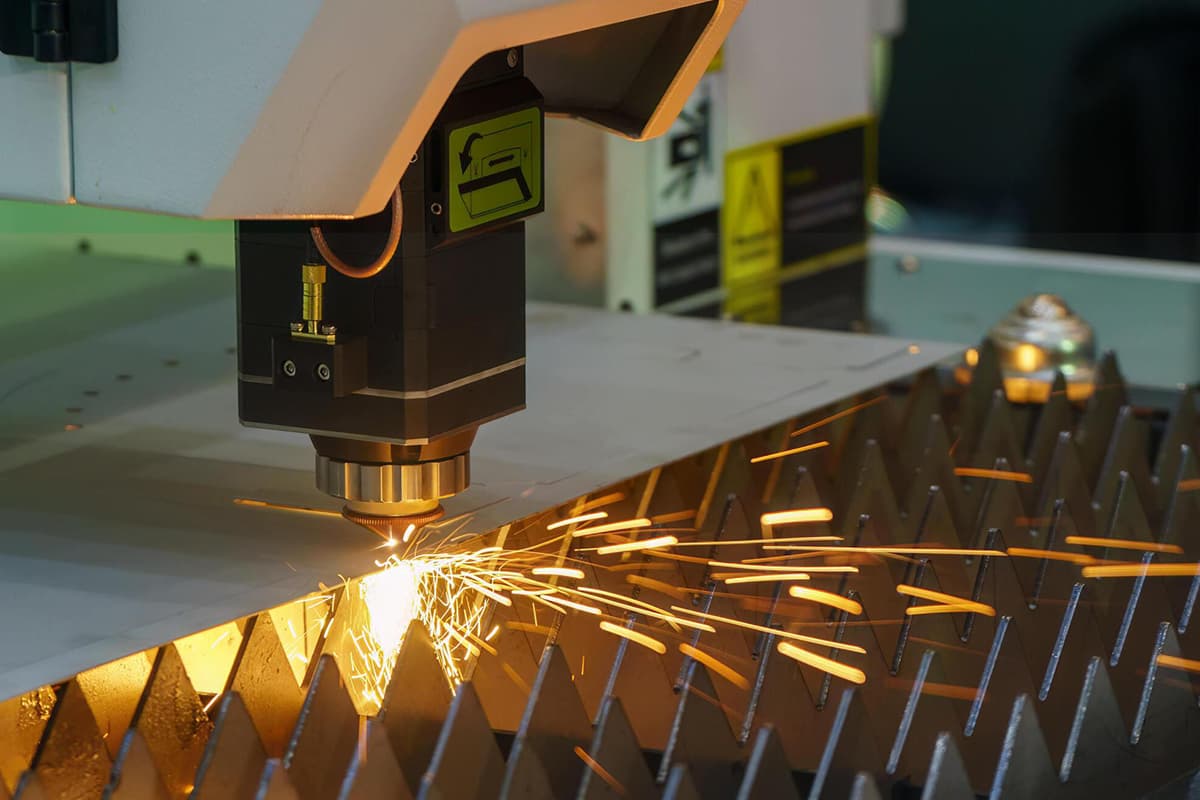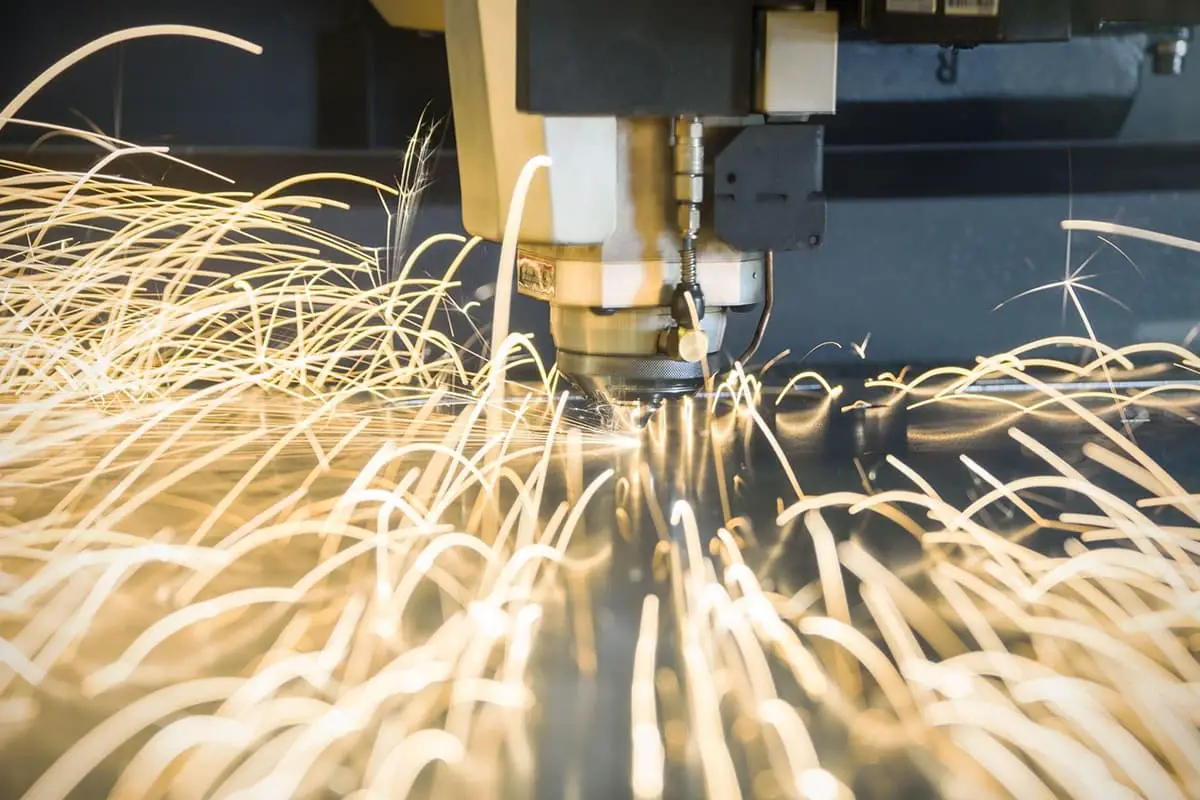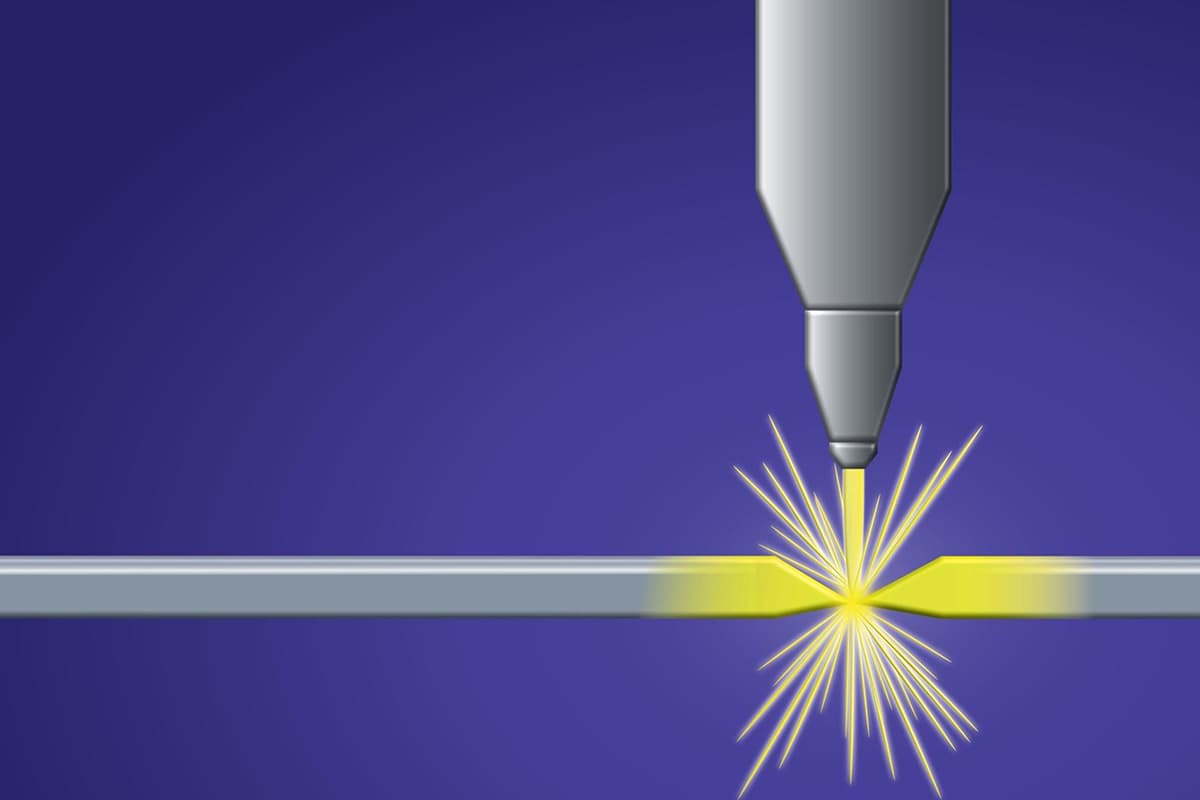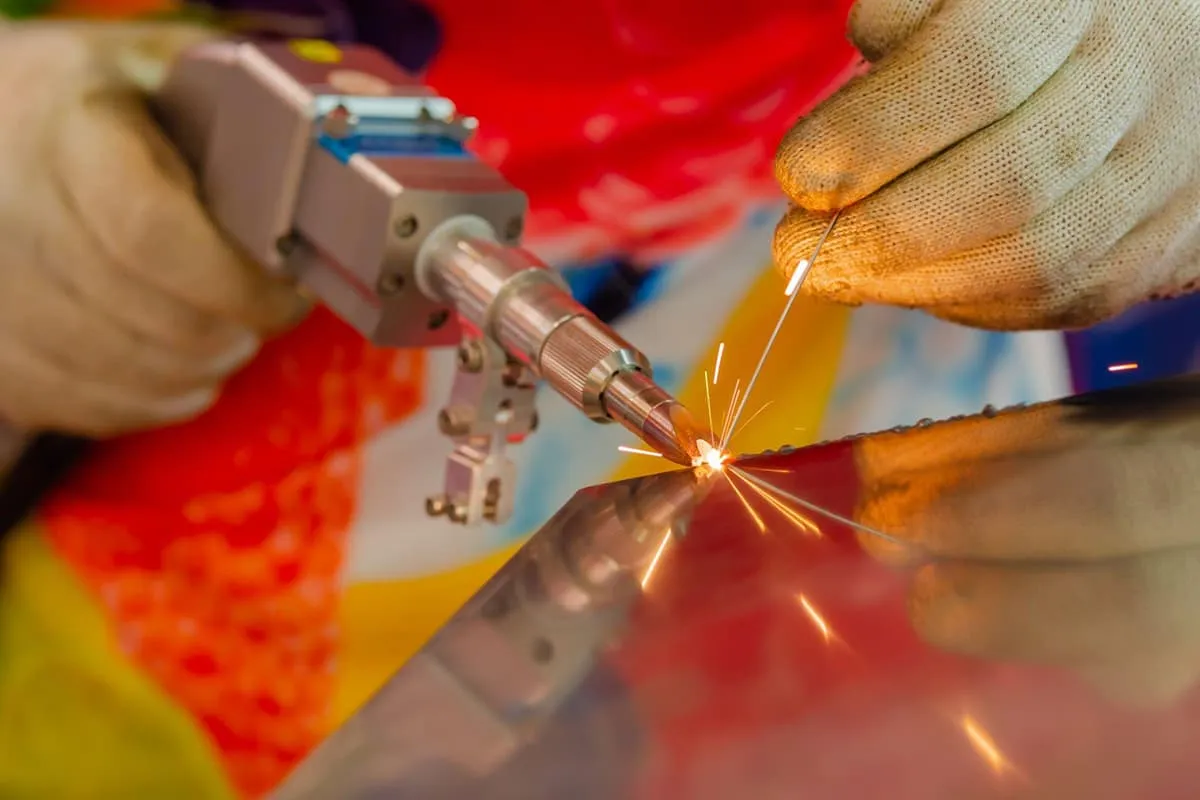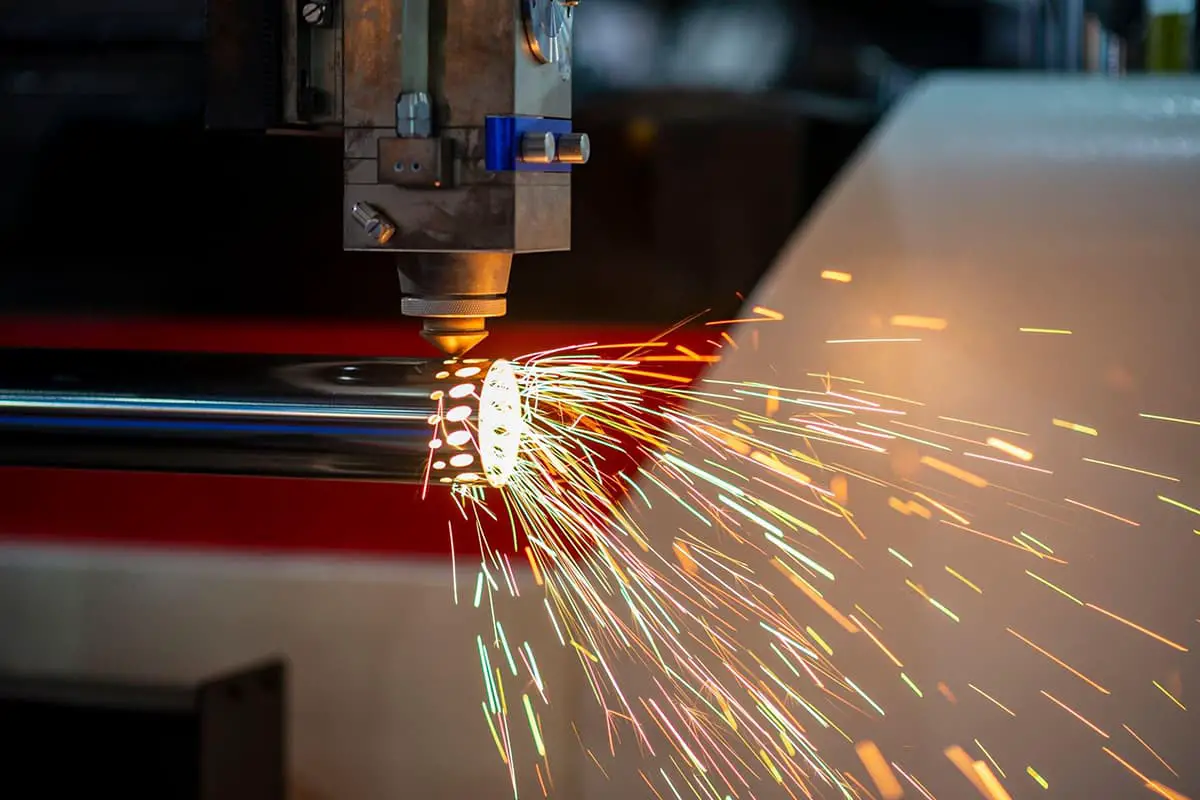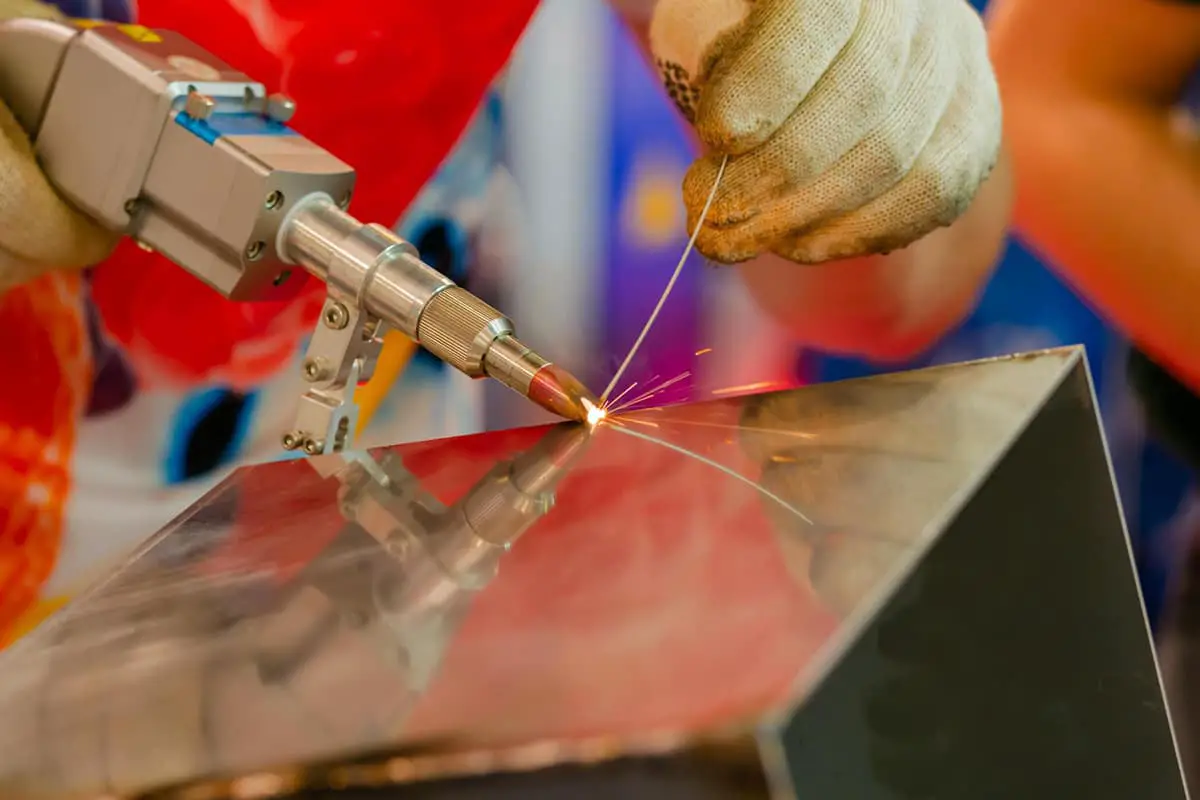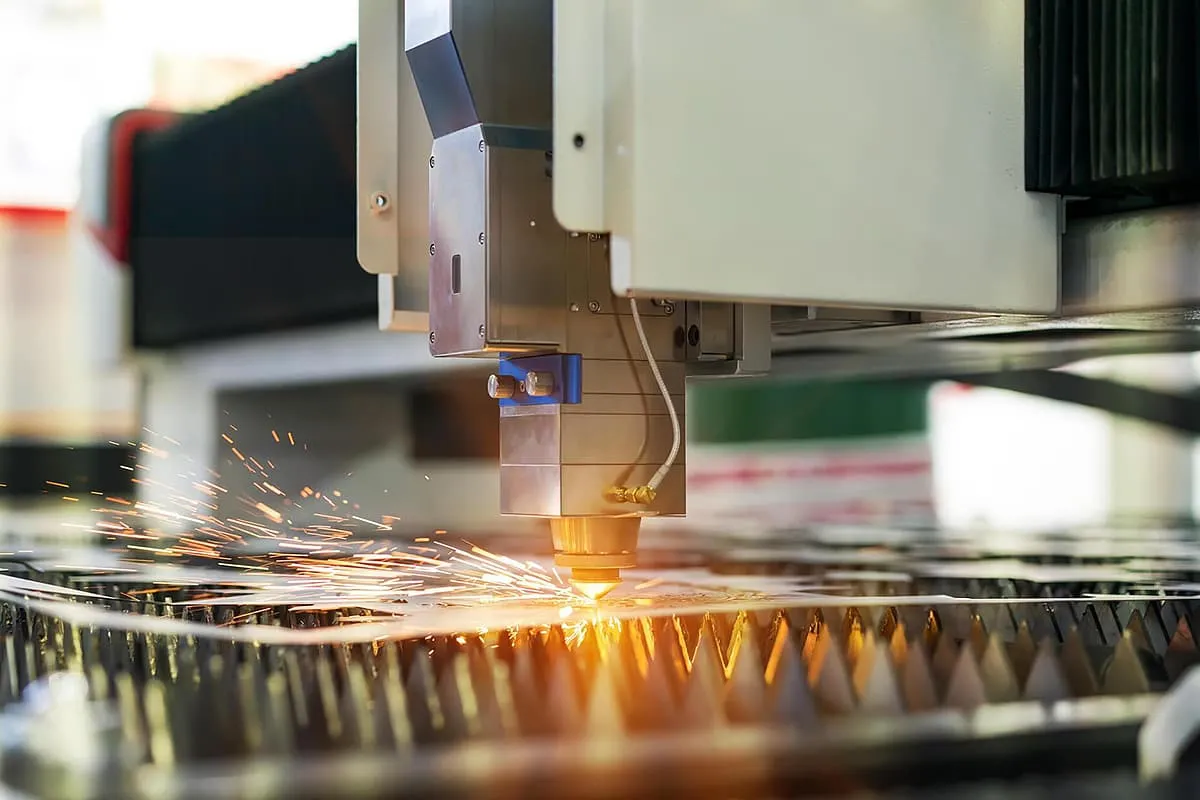
Continuous laser can be used for efficient cutting of various materials, with infrared pulse laser mainly used for precision cutting of metal materials, and ultraviolet pulse laser mainly used for precision cutting of thin metal or non-metal materials. Continuous laser cutting is an important field in laser processing applications, capable of cutting various metals and non-metals.
Good cutting quality
Narrow kerf (generally 0.1~0.5mm), high precision (typically hole center distance error 0.1~0.4mm, contour size error 0.1~0.5mm), and good kerf smoothness (surface roughness value generally Ra12.5~25μm).
Fast cutting speed and high efficiency
Laser cutting processing is non-contact, with low inertia, thus enabling high processing speeds.
Small heat-affected zone, minimal deformation
Although the heat input at the processing area by laser radiation is substantial and the temperature is high, the irradiation spot is very small, and the beam movement speed is fast, resulting in a small heat-affected zone.
Clean, safe, and low labor intensity
Due to the high level of automation in laser cutting, it can be fully enclosed, with no pollution and low noise, significantly improving the working environment for operators.
Applicable to cutting of almost any material
Laser has high brightness and good directionality, and the focused light spot is very small, capable of generating extremely high energy density and power density, sufficient to melt any metal, and can also process non-metals, especially suitable for processing materials that are difficult to process using other methods due to high hardness, high brittleness, and high melting point.
Resistant to electromagnetic interference
Laser processing does not require a vacuum environment like electron beam processing.
Easy transmission of laser beam
The laser beam can be easily directed through an external optical system, and can even be transmitted through optical fiber and connected to CNC machine tools and robots, forming various flexible and elastic processing systems.
Good economic benefits of laser cutting
The advantages of laser cutting are more pronounced for materials that are difficult to process using other traditional methods.
Energy-saving and material-saving
Due to the narrow kerf of laser cutting and its CNC processing, software nesting of whole sheets can be used, saving materials by 15%~30%.

